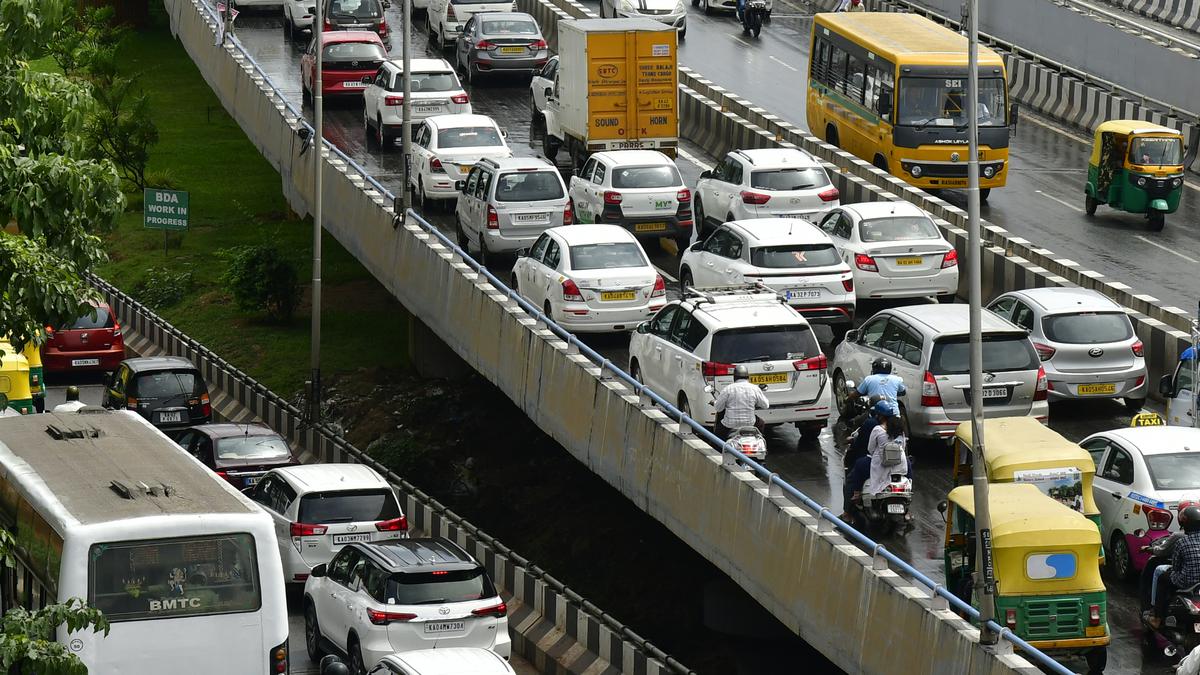
#THTalksBengaluru: ‘Flyovers and signal-free corridors do not solve traffic congestion’
The Hindu
“Flyovers and signal-free corridors do not solve traffic congestion in the city. In fact, there is a concept that the provision of such infrastructure will invite more traffic onto these corridors and lead to congestion eventually. Flyovers will mostly shift the bottleneck from one junction to another,” said Bengaluru City Police Commissioner B. Dayananda, adding that interventions to decongest city streets need a much deeper understanding of urban mobility and experts’ advice.
“Flyovers and signal-free corridors do not solve traffic congestion in the city. In fact, there is a concept that the provision of such infrastructure will invite more traffic onto these corridors and lead to congestion eventually. Flyovers will mostly shift the bottleneck from one junction to another,” said Bengaluru City Police Commissioner B. Dayananda, adding that interventions to decongest city streets need a much deeper understanding of urban mobility and experts’ advice.
He was talking part in the #THTalksBengaluru, the online Q&A session organised by The Hindu on June 30.
His comments gain significance as he is also in charge of the city’s traffic, and the city’s civic body is working on 11 new flyovers approved last year and is presently under review by the new government.
Mr. Dayananda batted for city traffic police inputs to be taken while planning any road infrastructure for the city.
“There are mechanisms where we give our inputs. But sometimes, the civic body does certain things without our knowledge, and we need to sort it out at higher levels. That process is ongoing,” he said.
For instance, he said the city traffic police has taken up a survey of unscientific speed breakers across the city and will provide that list to the civic body. “We want speed breakers to be installed only on the suggestion and approval of the traffic police in the city,” he said.
Responding to a question on whether odd-even vehicle restrictions as imposed in New Delhi was a solution to decongest the city, he said an earlier study taken up in 2015, when he was Additional Commissioner (Traffic), found it was not feasible for the city, adding that there had been no new proposal for the same.

Hyderabad Weather July 26 | City wakes to morning rain, waterlogging slows traffic in multiple areas
Hyderabad experiences morning rain, waterlogging, and traffic congestion, with IMD forecasting heavy rainfall in surrounding districts.





















 Run 3 Space | Play Space Running Game
Run 3 Space | Play Space Running Game Traffic Jam 3D | Online Racing Game
Traffic Jam 3D | Online Racing Game Duck Hunt | Play Old Classic Game
Duck Hunt | Play Old Classic Game










